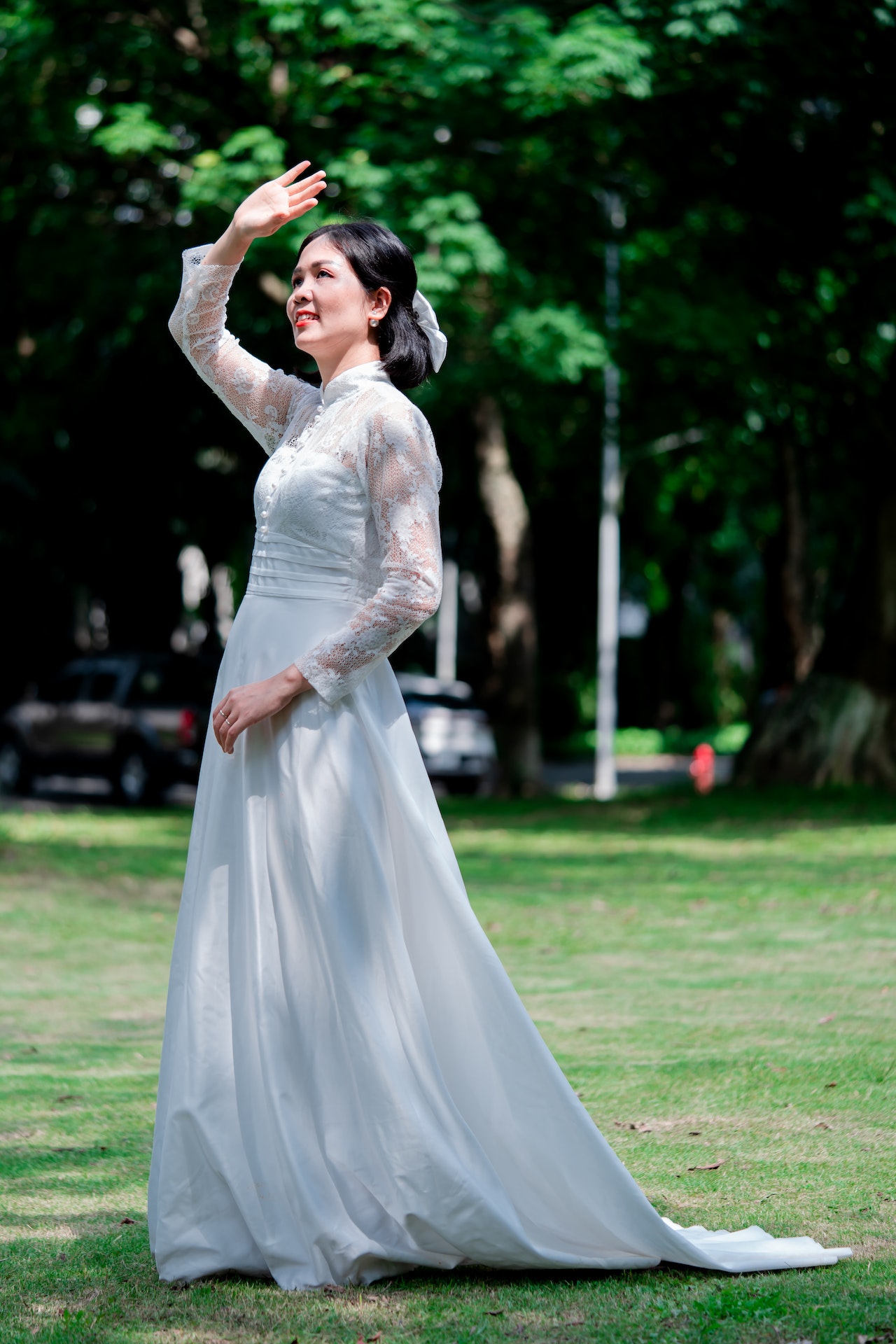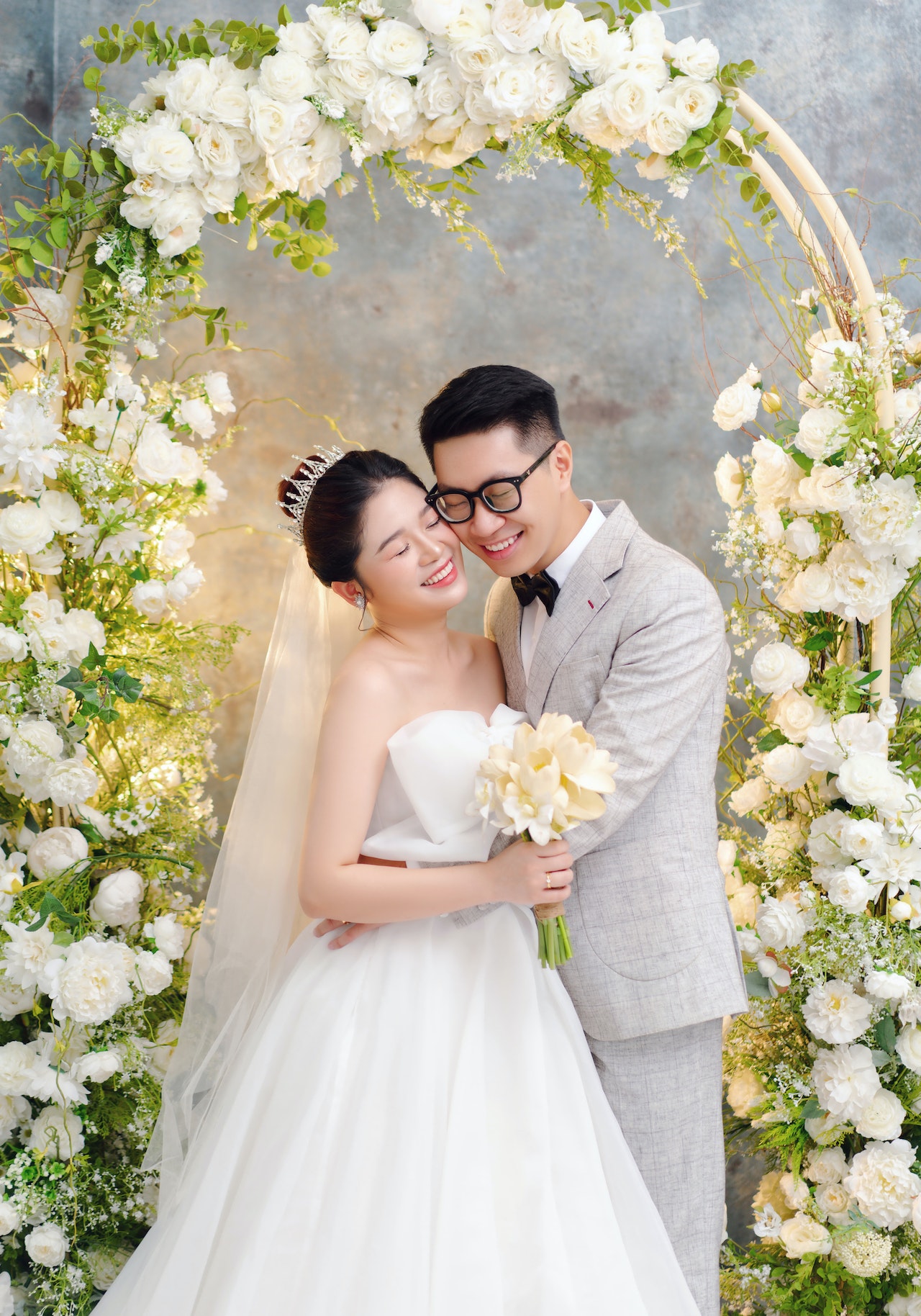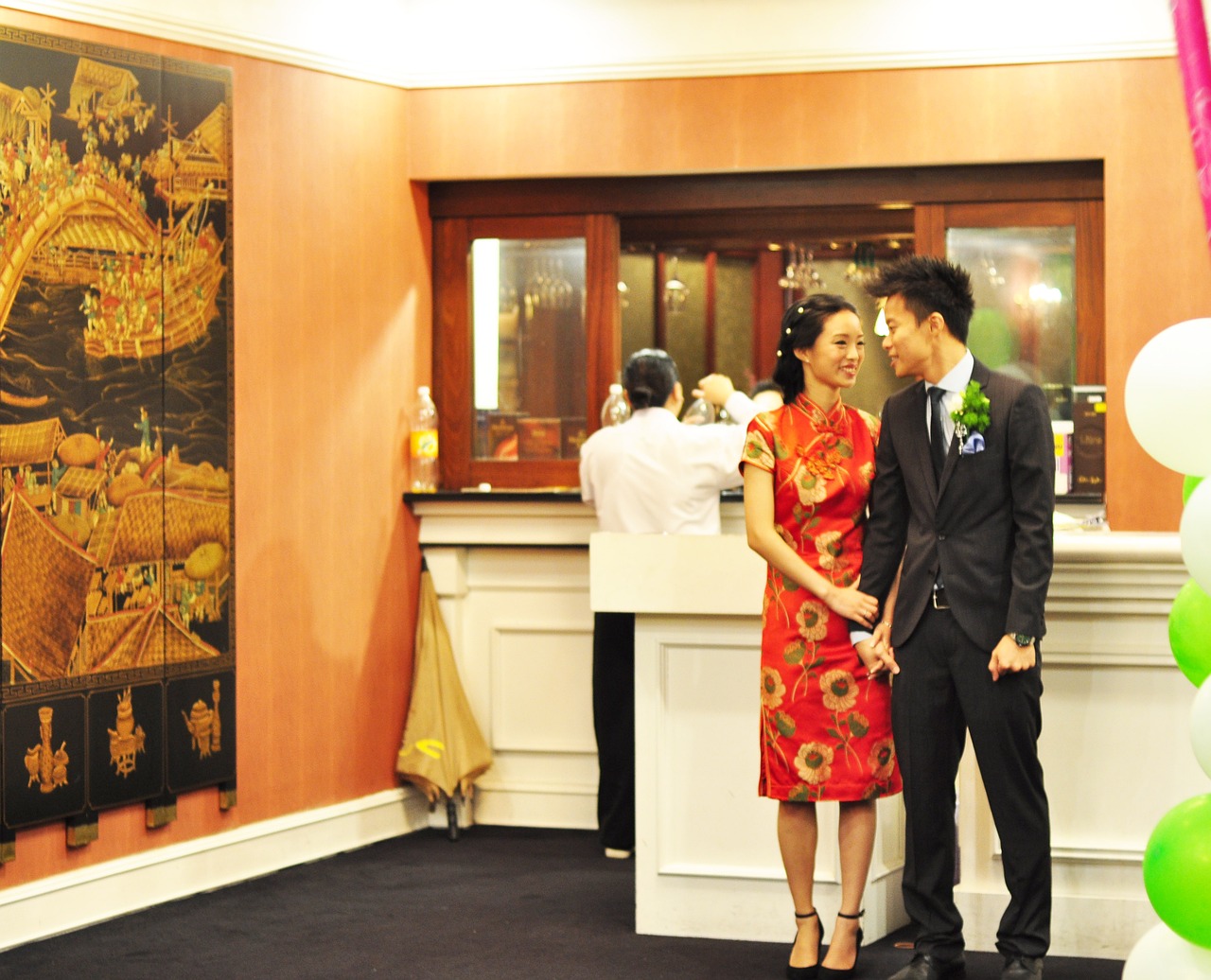Chinese weddings are a beautiful fusion of ancient customs, cultural symbolism, and modern celebrations. Rooted in rich traditions that have been passed down through generations, Chinese wedding ceremonies are a vibrant display of love, respect, and the harmonious union of two families. In this article, we delve into the enchanting world of Chinese weddings, exploring their significance, traditional customs, and the enduring charm that makes them truly unforgettable.
Symbolism and Tradition
Chinese weddings are steeped in symbolism, with each element representing a deeper meaning and wish for the couple’s future. The color red, symbolizing joy and prosperity, is prominently featured throughout the ceremony and festivities. The bride traditionally wears a vibrant red wedding dress, known as a qipao or cheongsam, while the groom dons a black or blue silk coat called a changshan or a suit. The color gold is also incorporated, representing wealth and good fortune.

Tea Ceremony
A highlight of Chinese weddings is the tea ceremony, which symbolizes respect and gratitude towards the couple’s parents and elders. The couple serves tea to their parents, presenting them with small gifts as a token of appreciation. This gesture signifies the joining of the two families and the couple’s acknowledgment of their parents’ love and support.
Door Games and Fetching the Bride
Before the wedding ceremony, the groom and his groomsmen participate in door games. These entertaining challenges, set by the bridesmaids, test the groom’s determination and love for the bride. The groom must complete tasks, solve riddles, or demonstrate his creativity to gain entry into the bride’s home and claim his bride. Once successful, he fetches the bride, often encountering playful resistance from the bridesmaids, adding an element of fun and lightheartedness to the celebration.
Betrothal Gifts and Dowry Negotiation
Traditionally, the groom’s family presents betrothal gifts to the bride’s family as a symbol of goodwill and sincerity. These gifts, known as “guo da li,” include items such as tea, red envelopes with money, and various symbolic gifts. The dowry negotiation, although less common in modern times, is another traditional aspect where the two families discuss and agree upon the bride’s dowry, representing the groom’s commitment and ability to care for his future wife.
The Wedding Banquet
The wedding banquet, or “xi fang,” is a grand feast where family, relatives, and friends come together to celebrate the couple’s union. Lavish multi-course meals are served, accompanied by toasts, speeches, and performances. The banquet showcases Chinese cuisine at its finest, featuring traditional dishes symbolizing happiness, abundance, and fertility. It is a joyous occasion filled with laughter, heartfelt wishes, and the sharing of love and blessings.

Modern Influences and Western-style Weddings
In recent years, Chinese weddings have embraced modern influences, with many couples opting for a fusion of traditional and Western-style ceremonies. Western-style wedding gowns, exchange of rings, and walking down the aisle have become more common, reflecting the globalized nature of contemporary weddings. However, traditional customs and cultural elements continue to hold significant importance, ensuring the preservation of Chinese wedding traditions.
Chinese weddings are a celebration of love, family, and cultural heritage. Through their deep-rooted customs, symbolic gestures, and shared moments of joy, Chinese weddings beautifully embody the values of respect, harmony, and unity. They serve as a reminder of the importance of honoring tradition while embracing the evolving nature of love and marriage. A Chinese wedding is an enchanting journey that brings families together, creates lifelong memories, and celebrates the beginning of a new chapter in the lives of two individuals bound by love.
